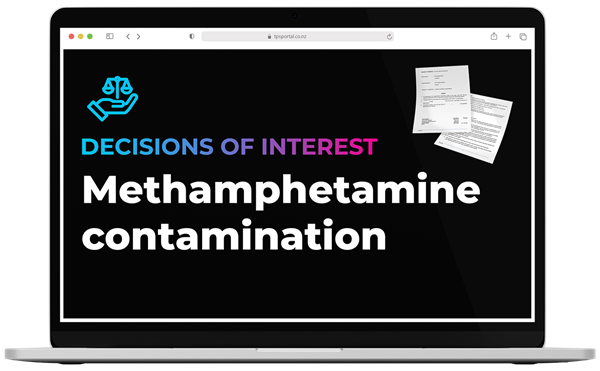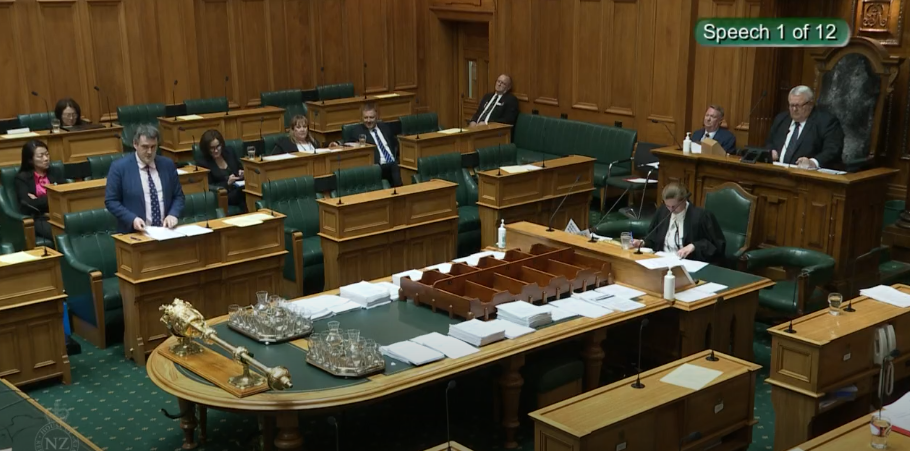
The Gluckman Report still rules the roost as far as methamphetamine contamination is concerned in rental properties.
So, what case created this legal precedent and why is it subject to change?
Case Overview
In a District Court appeal in 2019, Full Circle Real Estate attempted to overturn a Tenancy Tribunal order that dismissed their claim for methamphetamine contamination testing costs, damage costs and lost rent, totalling over $5000.
In the tenancy of Danielle Piper, there was no pre-tenancy methamphetamine test completed, but during the tenancy, a smoke alarm was installed which later tested positive for methamphetamine.
This did establish that methamphetamine had been more than likely used during the tenancy, however, the smoke alarm test did not specify a level of the class-A drug.
At the end of her tenancy, a testing company report highlighted that 12 of the 16 swab tests conducted throughout the house showed results above the “current accepted level of 1.5 micrograms per 100 square centimetres for high-use areas.”
But only the toilet area tested above 15 micrograms per 100 square centimetres.
This proved significant.
In 2018, Sir Peter Gluckman concluded, in a highly publicised expert report, that levels below 15 micrograms per 100 square centimetres did not pose a risk to human health, except where there is evidence of manufacture.
Ultimately the adjudicator in the Tenancy Tribunal order preferred the Gluckman report over the New Zealand Standard 8510:2017.
The adjudicator said…
“I prefer to adopt the recommendation of Professor Gluckman. The premises were not contaminated to a level that establishes risk nor were they damaged during this tenancy.
“The one test result above 15µg per 100cm² has not been proved to be the result of the use of methamphetamine during this tenancy by the tenant or by others at the premises with her consent.”
District Court Decision
The District Court judge agreed with both the Gluckman report and the Tenancy Tribunal adjudicator and dismissed the appeal from Full Circle Real Estate.
Judge Keller wrote in the decision that…
“The best state of knowledge of risk to human health from methamphetamine contamination available to the adjudicator was the Gluckman report.”
“It would have been bold for the adjudicator to have ignored that report in favour of the New Zealand Standard given that the Gluckman report represents the current scientific knowledge on the risk to human health from methamphetamine contamination in dwellings.”
So, how has this legal precedent influenced New Zealand law and why is it subject to change?





